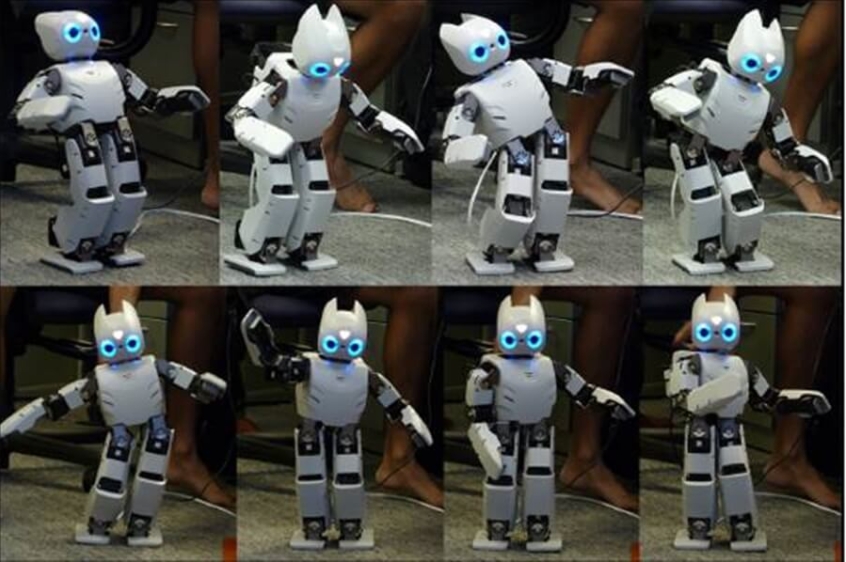
Just like a real human toddler, a robot is learning how to take baby steps inside a laboratory at the University of California Berkeley.
The state-of-the-art robot mimics the behaviour of a child so realistically that it also falls as it attempts to take its first steps.
What is even more impressive is that the robot, nicknamed "Darwin," is actually teaching itself how to walk, much like a little child.
The robot's developers, Pieter Abbeel and his team at UC Berkeley's Robot Learning Lab, explained that Darwin is not like other robots that are programmed to do only a set of things.
This robot has a neural network designed to mimic the human brain, through which it undergoes the process called "reinforcement learning."
"Imagine learning a new skill, like how to ride a bike. You're going to fall a lot, but then, after some practice, you figure it out," one of Darwin's developers, computer scientist John Schulman, explained in an article on NBC News.
Sergey Levine, another scientist working on the robot at UCLA, meanwhile said Darwin, to a certain extent, represents a new chapter in robotics in the sense that developers are looking more and more into machines that can adapt in different situations and less into those that are limited only to a fixed set of skills.
"We've started looking at much less restrictive representations," Levine said.
"We are basically not telling the robot anything about doing the task. It's kind of like the difference between a circuit built for one specific job and a general-purpose computer," he added.
Levine added that general-purpose robots are much cheaper to build.
"Right now if, for example, you have a company that builds robots, for every piece of hardware that you build, you also have to figure out how you are going to manually control it," Levine said. "If a robot can learn on its own, the manual inputs needed for it to function would be fewer, thereby making it less costly to make," he said.
.













